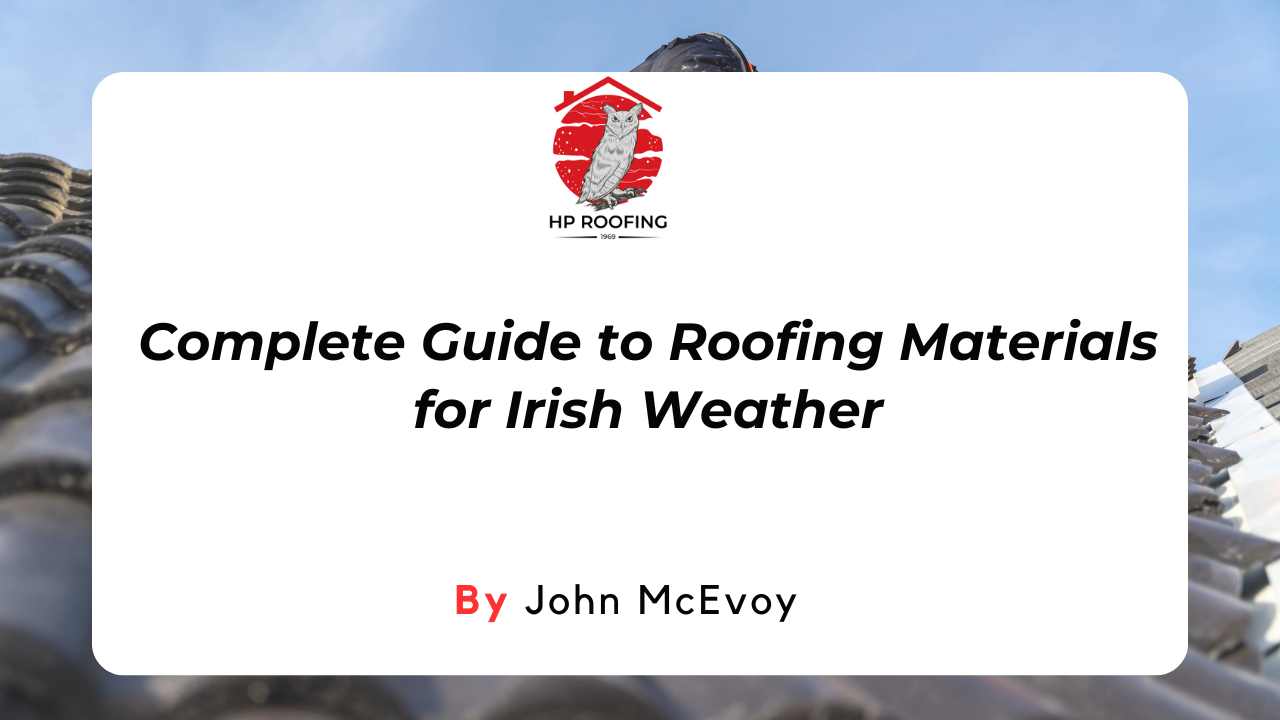Buying a new house? Don't overlook the importance of a thorough roof inspection. We know, just like you, how daunting it can be to consider every detail when purchasing your dream home.
Did you know that neglecting to inspect the roof could potentially lead to serious structural issues and costly repairs in the future? Our guide will walk you through the step-by-step process of conducting an effective roof inspection before sealing the deal on your new property.
So, let's climb this ladder together!
Key Takeaways
- Conducting a thorough roof inspection before buying a new house is crucial to ensure the structural integrity and overall condition of the property.
- Key areas to inspect include the roof's structure, signs of damage or deterioration, water stains or mould growth, roofing materials and tiles, the attic and ventilation system, and gutters and drainage.
- Hiring a professional roof inspector can provide expertise in identifying potential issues that may be overlooked by an untrained eye. They can accurately assess the remaining lifespan of the roof and recommend repairs or replacements if needed.
- After completing a roof inspection, take action based on the findings by negotiating repairs or replacements with the seller and carefully evaluating cost and timeframe considerations.
Importance of Roof Inspections Before Buying a House
Inspecting the roof before purchasing a new house is crucial to guarantee its structural integrity, identify potential repairs or replacements, and assess the overall condition.
Ensuring the structural integrity of the roof
Paying close attention to the roof's structure forms a critical part of our inspection process. A solid structure guarantees the roof can bear all weather conditions, housing insulation, and sometimes even foot traffic.
We carefully assess signs of structural damage such as sagging supports or rotting wood, which could point to more serious issues beneath the surface. Regular checks for buckling or curling shingles give us an idea about potential existing damage or ageing that calls for immediate action.
This careful scrutiny helps us ensure that our future homes are shielded by robust, secure roofs at the time of purchase.
Identifying potential repairs or replacements
To identify potential repairs or replacements, thoroughly inspect every inch of the roof. Look closely for signs of damage or deterioration, such as buckled or curled shingles, damaged components like panels or tiles, and any sagging supports or rotting wood.
Check for algae, moss, or piles of leaves on the roof, as these can indicate moisture issues. Also look for mould spots or stains, which may suggest leaks. Pay attention to blocked gutters and assess the overall condition of the ventilation system.
By conducting a detailed inspection, you can determine any necessary repairs or replacements before making a purchasing decision.
Assessing the overall condition of the roof
When assessing the overall condition of the roof, it is important to thoroughly inspect every inch of it. Look for any signs of damage or deterioration, such as cracked or missing shingles, sagging supports, or rotting wood.
Check for mould spots or stains on the roof, as these can indicate potential moisture problems or leaks. Also, pay attention to the ventilation system and make sure it is functioning properly.
It's crucial to assess the overall roof condition before buying a new house to ensure that you are aware of any potential repairs or replacements that may be needed in the future.
How to Conduct a Roof Inspection?
To conduct a roof inspection, start by looking for signs of damage or deterioration, such as missing or damaged shingles and areas of algae or moss growth.
Look for signs of damage or deterioration
Inspecting the roof of a potential new house is crucial to ensure its condition and identify any possible issues. Here are some signs of damage or deterioration to look for:
- Check for missing, cracked, or curled shingles.
- Look for areas with algae or moss growth.
- Inspect the roof for any sagging or signs of structural damage.
- Check the flashing around chimneys, vents, and skylights for cracks or gaps.
- Look for water stains on the ceiling or walls inside the house.
- Pay attention to any signs of previous repairs, such as patched areas or mismatched materials.
- Assess the condition of the gutters and downspouts for debris or damage.
Check for water stains or mould
Inspect the roof for any signs of water stains or mould. Look for discoloured areas or patches on the ceiling, as this can indicate a leak or moisture issue. Check the walls and corners near the roof for any signs of dampness or mould growth.
Examine the attic or loft area for any visible mould, musty smells, or water stains on the insulation or wooden beams. Pay attention to any discoloration or water damage on the walls and ceilings inside the house, as this may indicate a roof leak.
Inspect the roofing materials and tiles
When inspecting a roof before buying a new house, it is important to thoroughly inspect the roofing materials and tiles. Look for any signs of damage or deterioration, such as cracked or broken tiles.
Check for missing or loose shingles that could potentially lead to leaks. Assess the overall condition of the materials, including any signs of wear or ageing. It is crucial to ensure that the roofing materials are in good shape and will provide sufficient protection for your new home.
Assess the attic and ventilation system
Assessing the attic and ventilation system is an essential part of inspecting a roof before buying a new house. Here are some key factors to consider:
- Look for signs of water damage, such as stains or discoloration, which could indicate leaks in the roof.
- Check for proper insulation and ventilation in the attic to ensure energy efficiency and prevent moisture buildup.
- Inspect the condition of any vents or fans present in the attic to ensure they are working properly.
- Assess the overall cleanliness and maintenance of the attic space, including any signs of pests or rodents.
- Consider whether there is adequate space and structural support for potential storage or conversion purposes.
Evaluate the gutters and drainage
The gutters and drainage system of a house are important factors to consider when inspecting the roof before buying a new home. Here are some key points to evaluate:
- Check for clogged or damaged gutters: Look for debris buildup and signs of damage such as cracks, holes, or sagging. Clogged or damaged gutters can lead to water damage and affect the overall condition of the roof.
- Evaluate downspouts: Ensure that the downspouts are securely attached and redirect water away from the foundation of the house. Improperly functioning downspouts can cause water pooling and potential structural issues.
- Assess drainage around the house: Examine how well water drains from the roof away from the property. Look for any signs of water pooling near the foundation, as this can indicate poor drainage and potential water damage.
- Consider the condition of gutter guards: If gutter guards are installed, check their condition to ensure they are effectively preventing debris from entering and clogging the gutters.
- Look for signs of water stains near downspouts or on exterior walls: These stains may indicate that water is not being properly directed away from the house due to gutter or drainage issues.
- Inspect for any signs of mould or moss growth on or around gutters: This could signal excess moisture accumulation and inadequate drainage.
Hiring a Professional Roof Inspector
When considering a professional roof inspector, it is important to understand the benefits of their expertise, the scope of their inspection, and the questions you should ask them.
Benefits of professional expertise
Hiring a professional roof inspector can provide numerous benefits when buying a new house. These experts have the knowledge and experience to thoroughly assess the condition of the roof, identifying any potential issues that may be overlooked by an untrained eye.
They can accurately determine the remaining lifespan of the roof, spot signs of damage or deterioration, and evaluate the need for repairs or replacements. With their expertise, you can make an informed decision about purchasing the house and negotiate with confidence if any repairs are needed.
Don't underestimate the value of professional expertise when it comes to assessing one of your most significant investments—your future home.
The scope of a professional inspection
A professional roof inspection provides a comprehensive assessment of the roof's condition and potential issues. Here are the key areas covered during a professional inspection:
- Assessing the overall roof condition, including the roofing materials, shingles, and any visible damage or deterioration.
- Checking for signs of leaks, water stains, or moisture - related issues that could indicate underlying problems.
- Evaluating the attic and ventilation system to ensure proper insulation, adequate airflow, and no signs of moisture or mould growth.
- Inspecting the gutters and drainage system to ensure they are clear of debris and functioning properly.
- Examining the structural integrity of the roof, including any signs of sagging supports or rotting wood.
- Identifying potential repairs or replacements needed for damaged or worn - out components of the roof.
- Providing insights into the remaining lifespan of the roof and any maintenance recommendations for long-term durability.
Questions to ask a roof inspector
When interviewing a roof inspector, it is important to ask the right questions to ensure a thorough assessment of the roof. Here are some questions to consider:
- Can you provide proof of insurance and licences?
- How many years of experience do you have in roof inspections?
- What specific qualifications or certifications do you hold?
- What type of equipment do you use during inspections?
- Can you provide references from past clients?
- How long does a typical roof inspection take?
- Will you provide a detailed report after the inspection?
- What areas or components of the roof will be assessed during the inspection?
- Will you check for any potential structural issues with the roof supports or attic?
- How will you assess the overall condition and remaining lifespan of the roof?
Acting on the Roof Inspection Findings
After completing a thorough roof inspection, it is crucial to take action based on the findings before making a final decision. Consider negotiating repairs or replacements with the seller and carefully evaluating the cost and timeframe of any necessary work.
By understanding the condition of the roof, you can make an informed decision about purchasing your new home.
Negotiating repairs or replacements with the seller
When it comes to negotiating repairs or replacements with the seller, it's crucial to have a thorough understanding of the roof inspection findings. Take note of any potential issues or repairs needed, and consider their cost and timeframe for completion.
Use this information as leverage when discussing the asking price with the seller. It is important to make an informed decision about purchasing the house based on the condition of the roof and any necessary repairs.
Considering the cost and timeframe of repairs
It is crucial to consider the cost and timeframe of repairs when inspecting a roof before buying a new house. Understanding the potential repair or replacement expenses can help you make an informed decision about purchasing the property.
By evaluating the extent of damage or deterioration during the inspection, you will have a better idea of how much it may cost to fix any issues. This information allows you to negotiate repairs or replacements with the seller, ensuring that you are aware of any financial implications before finalising your purchase.
Additionally, considering the timeframe for completing necessary repairs will give you an understanding of how long it may take to make the roof structurally sound and secure.
Making an informed decision about purchasing the house
We need to carefully consider all aspects of the roof inspection findings before making a decision about buying the house. This includes negotiating repairs or replacements with the seller, considering the cost and timeframe of any necessary repairs, and ultimately evaluating whether the condition of the roof aligns with our expectations for a new home.
Conclusion
In conclusion, conducting a thorough roof inspection before buying a new house is essential for ensuring the structural integrity and overall condition of the property. So, by carefully assessing signs of damage or deterioration, checking for water stains or mould, evaluating roofing materials, and assessing the attic and ventilation system, prospective homeowners can make informed decisions about purchasing a house.
Whether conducting the inspection themselves or hiring a professional roof inspector, homeowners can negotiate repairs or replacements with the seller and consider the cost and timeframe involved before making their final decision.
So, if you’re in Ireland and need help with your roof inspection, contact HP Roofing today to schedule an appointment with one of our experienced professionals.
















